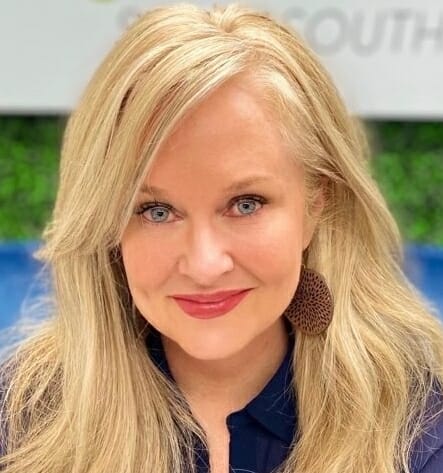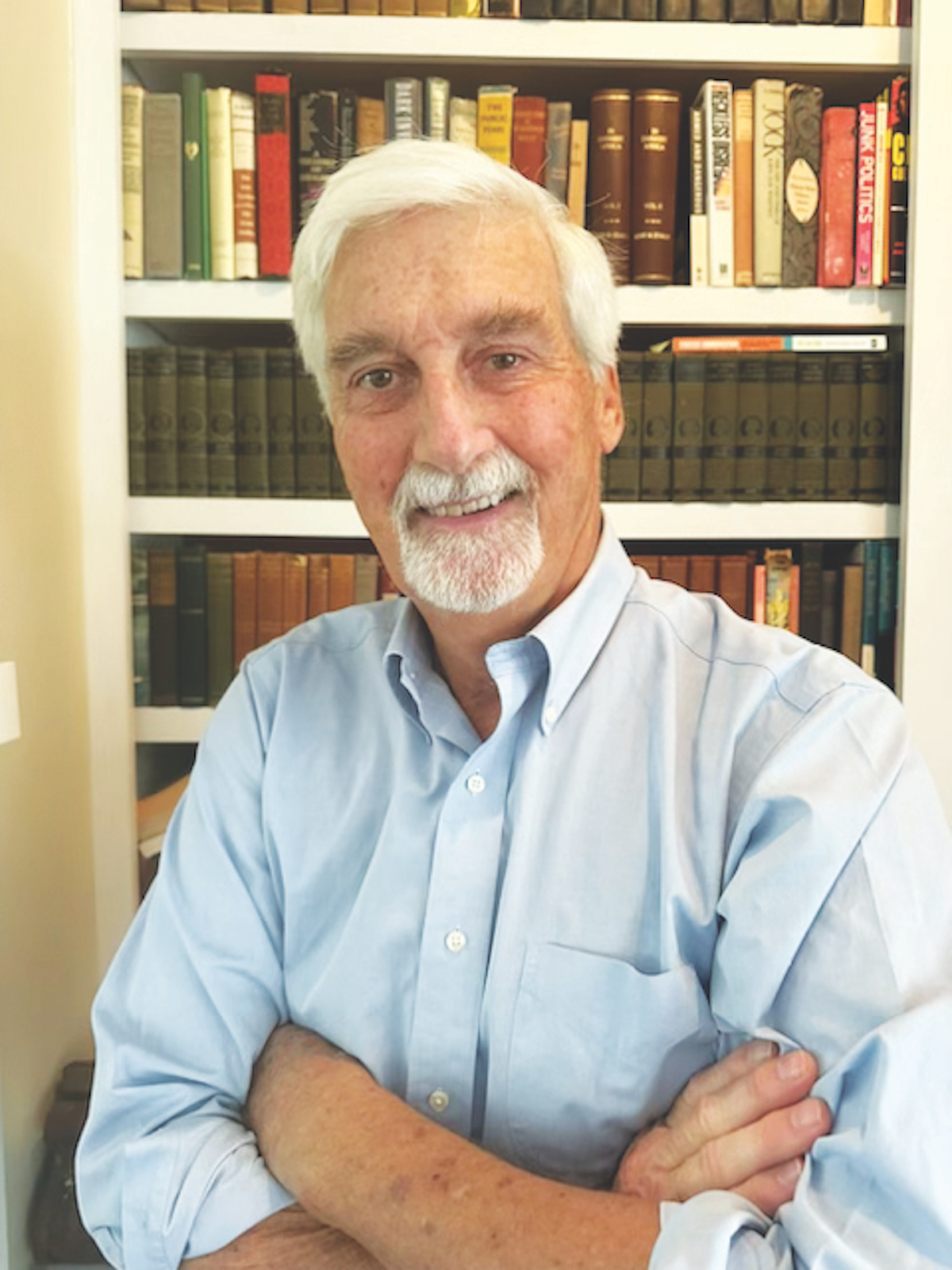It is Thursday, and I’m in North Adams, Mass. It is early, temperate (60 degrees) and I’m looking out at the North Branch of the Hoosic River as it flows down from Vermont.
The North Branch is, at this point, contained and canalized in a 40-foot-wide concrete trough. This was responsive to a series of floods that carried multiple houses downstream. It was an expensive project in the 1950s, and there are some who now want to remove the slabs.
This morning I have a map of Berkshire County and I’m looking at hiking trails; waterfalls; overlooks that require pulling-on my Vibram-soled, L.L. Bean boots. I am, at 76, wary of some terrain knowing that there are ascents beyond my lung capacity and muscle strength. But I love looking at the map and figuring-out the change of elevation.
Two years ago I ran into a couple of women who were thru-hiking the Appalachian Trail. They invited me to join them for 10 miles or so — mostly a descent from Mt. Greylock.
I was fine for about 6 miles but developed a blister that grew to the size of a red-seeded table grape. That blister, later photographed, was sent out on the Internet to close friends underscoring my grit and capacity for pain when motivated by younger, female hikers.
The women I was with came with a GIS device that gave them our exact location, elevation, profile of the trail ahead, ground speed and the number of Trump supporters in the neighboring county. I happened to have a map with contour lines and would say, “That’s the summit of Mt Prospect on our left. It’s 2690 ft. high.” After looking at their device they would say, “No, that’s Mt. Williams, the summit sacred to the Naumkeag Tribe, Northern Division, who own 5 casinos in 3 different states.”
Alright, I know that there are now, probably, Rolex-sized devices that not only give you surrounding geography, but will give you your heart rate, blood sugar, an EKG reading and a CT scan of your meniscus. I suspect there is probably an app that will connect you with the Cleveland Clinic and warn you — with a small, non-lethal electric shock — that your meniscus is about to tear and will summon a helicopter to get you off the mountain.
Further, the app will say that the cost of the helicopter evacuation is $43,000 but your coverage is only $30,000.
OK Boomers, you get the point. Early on one should have been warned by the Massachusetts Department of Natural Resources that this hike was beyond the ability of a 76-year-old male, and that there should have been a warning sign saying, “Hike this trail at your own risk, gramps!”
All of which reminds me of the incredibly steep Pyramid at Chichen Itza in Mexico and the fact that there was no sign telling cargo shorts-wearing, black sock accessorized oldsters not to climb the Pyramid “without first consulting their medical provider.” There was, however, an ambulance and an EMS crew at the base of the Pyramid.
As I gazed upon the ambulance and crew it occurred to me that the Mexican concept of liability was different from that of the United States. The ambulance was, in essence, a signal that one should consider one’s knees before attempting to summit the top. Further, that one assumed the risk of injury if one walked past the EMS crew, the defibrillator and neck brace displayed for all to see.
Of course most Mexicans know that their ancestors once conducted human sacrifice rituals atop this, and other, pyramids. They would march captives and virgins to the top, split-open their sternums, take a bite out of the heart, kidney or liver depending on dietary restrictions, then throw down the remaining body parts to the frantic, fevered, now-hungry crowd gathered below.
With this kind of DNA floating around, it is no wonder that most Mexicans expect little compassion from their government. It is no wonder their notion of governmental liability is more circumscribed and circumspect than our own.
And so this morning, I continue to contemplate my map, looking at trails that come with a view, with blueberry barrens, with a small waterfall where my wife and I can bathe after a couple of miles of trekking. But my focus is on the meandering brown lines and how close they are together. I thank the U.S. Geological Survey for that instruction.
Scott Graber is a lawyer, novelist, veteran columnist and longtime resident of Port Royal. He can be reached at cscottgraber@gmail.com.








